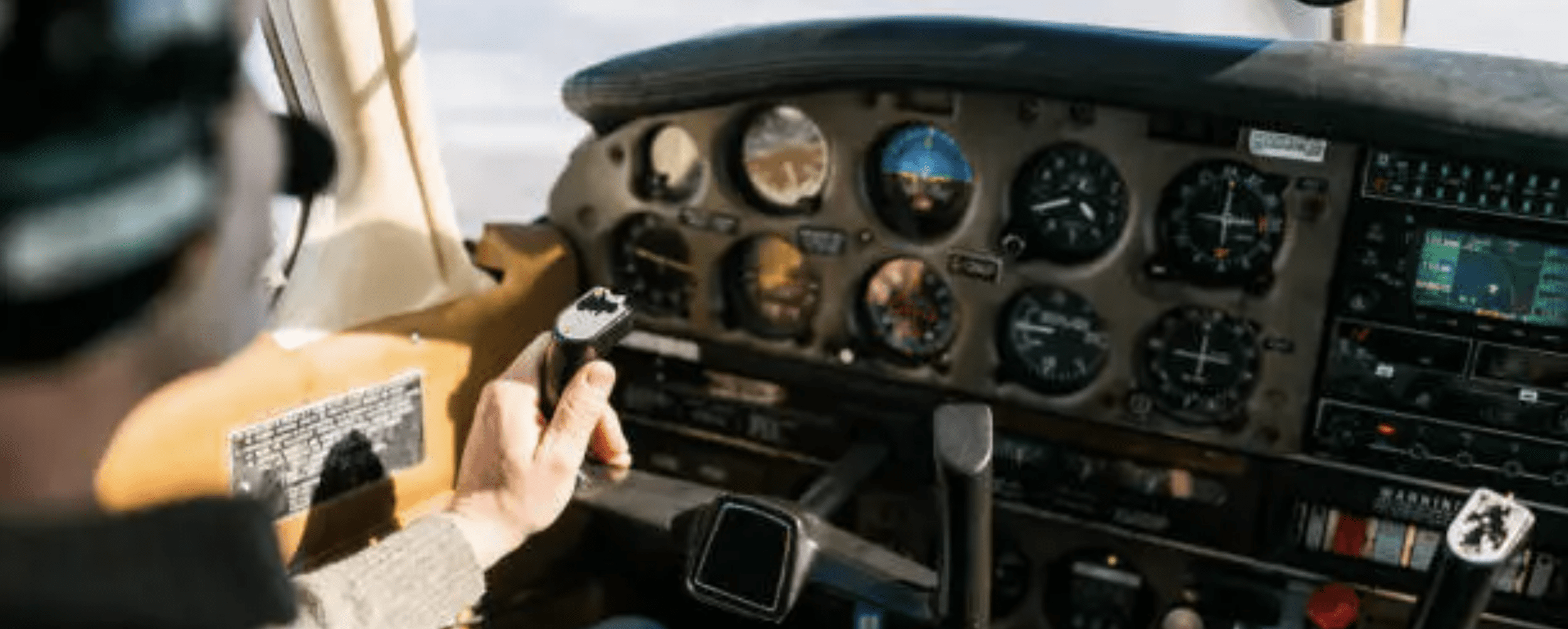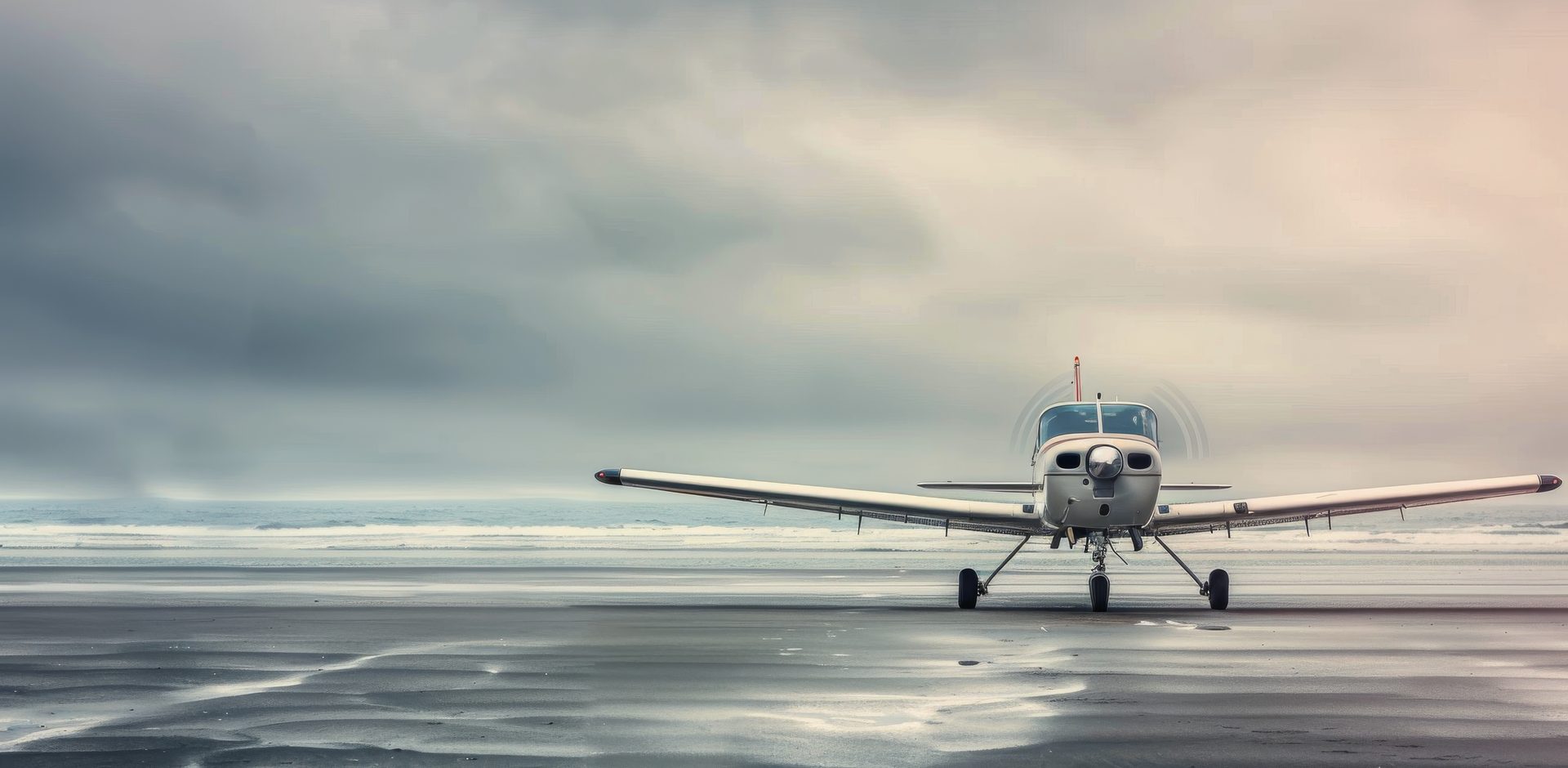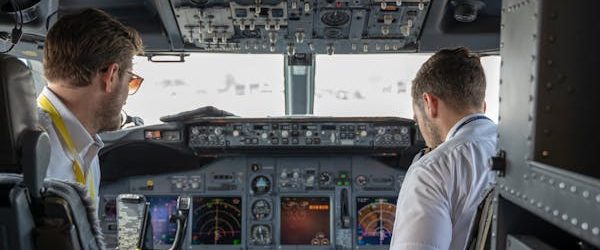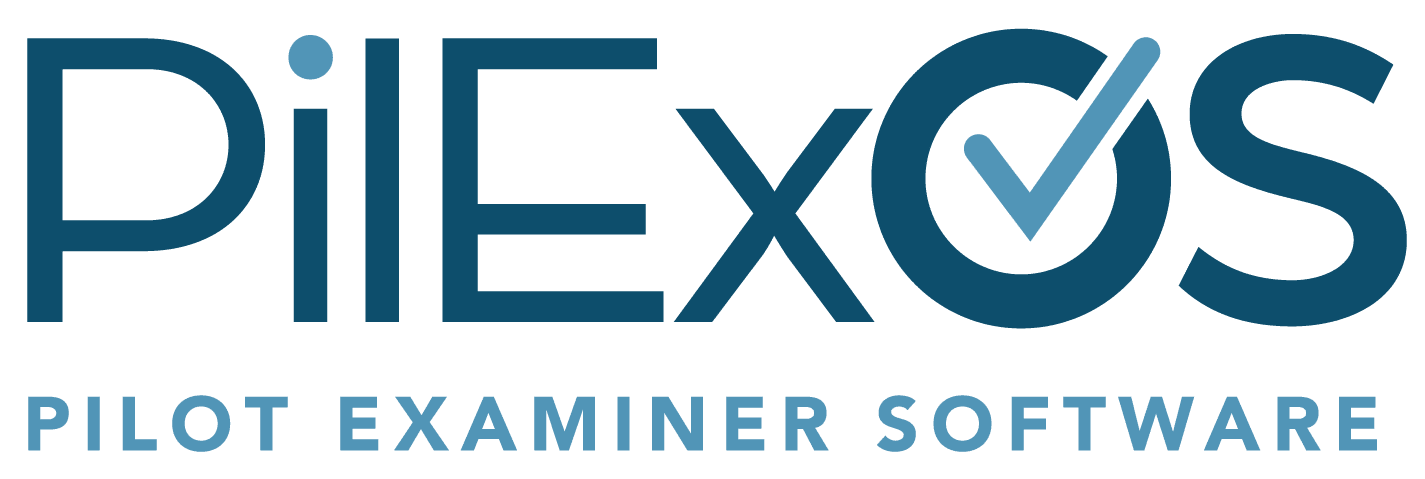When a DPE shows up for your practical test, there is probably a good chance you have been waiting for that test for a little while based on examiner availability and potentially weather delays. We all know DPEs services are a little challenging to source due to heavy demand, so when you do get that DPE there on practical test day, think about what you can do to make sure that event goes efficiently.
I’m not trying to say DPEs are overly self-important, but most that I know of are working hard to scramble and fit in as many practical tests as possible in the system. Sometimes, we have applicants that really don’t respect the time of the DPE and in a way, their fellow aviators. Making the use of the DPE time efficient actually helps DPEs get more activities in and help clear practical test backlogs. More delays hit everyone.
Set the stage to be ready to make sure that test can go efficiently and effectively to make it easier for you and your DPE.
Here are a couple hot tips to make your test go more smoothly.
Be there and be ready ahead of the (DPE) start time.
If the DPE and you are planning to meet at 8am, be there at 7am and get things ready. The DPE is going to show up ready to go through your qualification paperwork, not there to sit and wait for you to collect your things and start at 9am.
The old saying goes, “to be early is to be on time; to be on time is to be late; and to be late is unacceptable.” Your DPE has committed time for your test (and they should also be there on time if not early also for sure) and likely has other events they might have to complete on the same day. You delaying the start of that test may also be delaying other fellow pilot’s testing efforts. It wouldn’t be fair to you to end up starting late because the person before you delayed the DPE, don’t make the DPE do that to other people who might be after you.
If there are going to be delays for the start time and you know ahead of time, contact the DPE and let them know and they may be able to make schedule adjustments. Be ready to start at the designated start time.
Organize your paperwork.
One of the things you need to do to be ready to start at the designated time is to have all your paperwork ready and available. This includes your own experience, qualifications documentation, ground training documentation, endorsements, etc. It also includes documentation for the aircraft.
It should be a known fact that you are going to have to have aircraft maintenance logbooks for the DPE to review for the test, and for you to use during the test. Have them available and ready. Don’t wait until the DPE has arrived to start trying to figure out where they are located and get them.
A well prepared set of paperwork can let the DPE qualify you as a valid applicant quickly. Have things tabbed out, know what experience requirements you need to be able to show, and be able to show all of this to the DPE. Don’t make them hunt and search through your documentation to find it trying to determine if they can even begin the test.
Have the plane available.
You might be wondering what I mean here. How would someone be doing a practical test without the airplane?
Well, it happens.
I have had people start a test only for them to tell me that while we were doing the ground another student or CFI and student were taking it on a cross-country flight and “should” be back in time for us to fly the flight portion. I have had people tell me half way through the ground that the aircraft was being brought in quick for some maintenance and hopefully it would be done.
Frequently I find people have the aircraft we are supposed to be flying in for the test over in a hangar somewhere else on the field, even at a different airport.
All of these things delay the test.
Have the aircraft available, ready, and set to go for the test assuming you are going to pass the ground portion of the test. The DPE isn’t there to help you pull the plane out of the hangar (although most will do it to keep the test going when we find it necessary) or wait for it to return later in the day to finish the test.
A well prepared applicant will have the aircraft ready, available, and set to fly once the ground portion is completed. A REALLY well prepared applicant has probably gone through the effort to preflight the aircraft once ahead of the DPE arriving to make sure there are no hiccups to encounter during the preflight right before going flying. If you have an early morning practical test, there is no reason this couldn’t be done the night before and then the plane is put away ready for the next day in many cases.
Set yourself up to have the plane ready without any surprises that will delay or stop your practical test.
Have the plane fueled.
Preflighting the aircraft and finding it has low fuel leaves many applicants waiting on a fuel truck, having to taxi the aircraft to a fuel pump, or even dragging an aircraft across a ramp with the help of the DPE pushing to get fuel to be able to continue with the test.
A good general courtesy to the DPE is to make sure the aircraft is fueled well ahead of this to make sure the DPE isn’t the one having to help you fuel the plane during the practical test, or waiting for you to do this. I have had this literally take over an hour before as we waited for a fuel truck to show up at a field that didn’t have self-service fuel. In one case the applicant told me we would have to fly to a nearby field to get fuel since the pumps were down at the airport we were doing the test.
While all of these may just seem like general courtesy on your initial read, they are also examples of an applicant not going through the full process to make sure they are planning and preparing to fully perform their abilities to be pilot in command for their checkride day. It comes down to showing that you are really ready to handle the responsibilities of being a pilot on your own in many ways.
Give yourself the leg up on practical test day. Get ahead of the preparation to make sure DPE sees you as a well-prepared, thinking-ahead-of things applicant who knows what they are doing and demonstrates that in the overall performance as a pilot.





